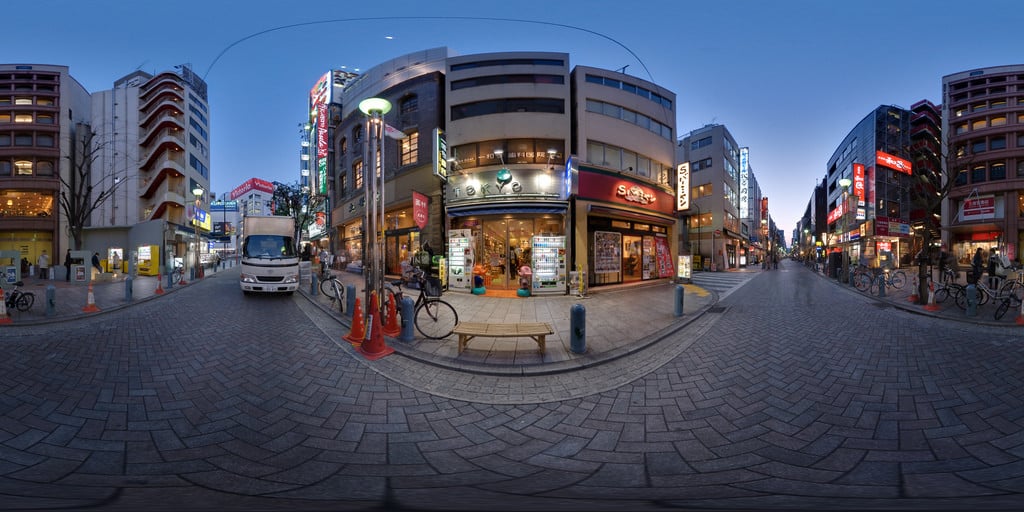VR & 360-Video: A New Approach for Prod Cos
Filming in 360 & VR presents unique challenges. Anthony Karydis explains some of the issues that need addressing.
One of the most powerful aspects of 360-video and virtual reality (VR) is that they can be applied to almost anything; this is because the experience mimics the real world. And this is ultimately what gives them so much potential as immersive brand engagement tools. However, creating content in this format presents a unique set of challenges for production companies, and there are some new concepts that need to be taken into account.

Firstly, camera placement is completely different to that of conventional filming, this is because you are using totally different types of equipment to capture 360 footage. The key consideration here is that cameras need to be placed in close proximity to the action. Normally, the cameras used for 360-video content don’t allow for zooming in or out, so once they are positioned and filming starts they cannot be moved.
Secondly, there is the issue of height. With 360-video, you are recording a full sphere, so the camera does not need to move. This means that if it is placed at the wrong height it may make people look taller or shorter than they really are. Ultimately, this can give an unnatural perspective and will have a negative impact on how engaging the final content is for the viewer.
Furthermore, you need to keep a close eye on your horizons. You can easily get broken horizon lines or vertical lines that do not seem to be quite straight with 360. So where and how cameras are positioned requires a lot of experience, and guidelines are not easy to explain as each situation is likely to be different.
Camera placement specialists have to make decisions based on what has to be filmed and what the effect is for the viewer – these requirements are creating the need for a new breed of specialist 360 DPs.
There are also a number of ‘softer’ issues to consider, such as the distance of your cameras from your control stations. Because 360 cameras record everything around them, you should avoid having objects nearby that are not wanted in the picture – this includes everything from crew to computer stations. You need to take great care to hide things that would look out of place, so you don’t get too much visual noise or distraction, as, again, this will have an impact on how engaging the final content is.
The challenge here is that you need to be close to the action, but not so far away from your control centres that the cameras cannot be managed or monitored. You want to avoid being in a position where, for example, one of your cameras has possibly overheated, and you don’t know that you have lost the content from it.
Getting this right takes careful planning, because it can be a challenge, for example, if you need to have line of sight to keep a check on your cameras, yet your crew needs to be in another room to be out of shot.
Finally, lighting is a major consideration on set, for similar reasons. When you’re filming 360, lights are going to have to be part of what you’re filming, so you need to integrate them into the scene to ensure they don’t look out of place.

This means you either need to use lights within lights as part of the scene or try to use a lighting set-up that allows them to be hidden within the seams of the separate lenses. The same issue occurs when it comes to placing mics.
These key pointers represent a totally different set of challenges to what you find on an everyday film set. As we look to embrace VR more, production companies will need to master a new core skill set to overcome them. In the short term, that means ensuring that the partners they work with to create 360 and VR content have the necessary understanding to guide them through this process.
Anthony Karydis is CEO of Mativision










